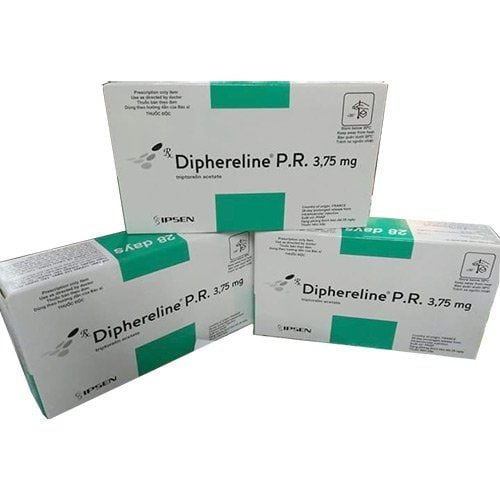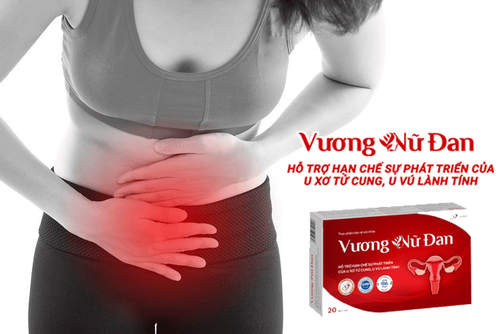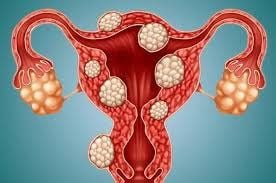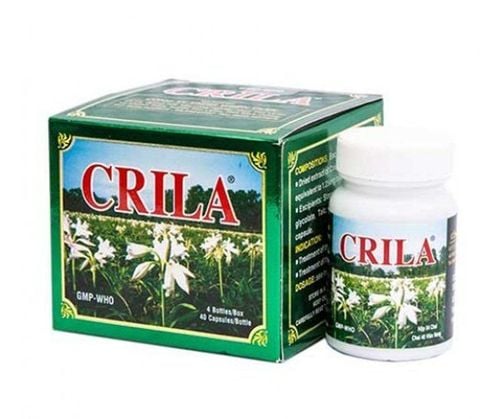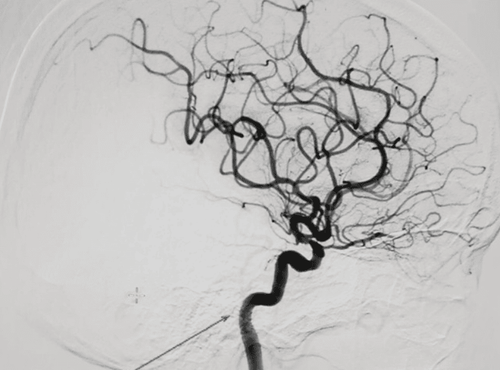This is an automatically translated article.
The article was professionally consulted by Doctor Nguyen Chi Quang, Department of Obstetrics and Gynecology - Department of Obstetrics and Gynecology - Vinmec Central Park International General Hospital.Uterine fibroids are benign tumors that develop from the muscle of the uterus. There are many treatment methods for uterine fibroids, in which embolization has many advantages. Uterine fibroids are very common in women 20 years of age and older, tumor size decreases after menopause due to decreased ovarian estrogen. Diagnosis is mainly based on ultrasound and magnetic resonance imaging.
1. Current treatment methods for uterine fibroids
The choice of treatment method depends on the location, size of the tumor, aesthetic needs, the need for childbirth and the wishes of each patient.Medical treatment
We need to know that estrogen secreted by the ovary is food for fibroids, so medical treatment is simply a way to temporarily introduce hormones into the patient's body. It inhibits ovulation, preventing the ovaries from secreting estrogen.
This method is usually only applied mainly to control menstruation, treat symptoms of menorrhagia problems, not treat tumors. Some special drugs can shrink part of the tumor volume.
Surgical method
This method is indicated for treatment when medical treatment does not work. Patients have symptoms of more severe disease such as menorrhagia, prolonged bleeding, pain, infertility,...
Surgery means removing the tumor from the body. If the tumor is too large and bleeding too much, it is imperative to remove the entire uterus and permanently lose the ability to bear children. So a lot of consideration should be given before doing surgical resection.
Angioplasty
This is a minimally invasive treatment with many accompanying benefits such as quick recovery, few complications, and no scarring.

2. Embolization treatment of uterine fibroids without surgery, high efficiency
This is a non-surgical treatment of uterine fibroids, using an intravascular catheter, performed on a DSA angiogram. This technique uses microcatheters to deliver embolized particles to the arteries that supply blood to the tumor, making the tumor ischemic and necrotic over time.Advantages: The treatment method is highly effective, no anesthesia, no blood loss. Does not leave scars, does not interfere with the abdomen. The success rate reached 95%. Tumor shrank after 3-6 months of treatment. The recurrence rate of fibroids is low and rare.
Cons: The method requires anesthesia and the risk of blocking the blood supply branches to the ovaries and healthy uterine muscles. Statistically there is a certain percentage of cases of amenorrhea and even infertility after embolization. Therefore, experts recommend this method should be applied to cases where the number of children is sufficient or when they do not want to become pregnant in the future.
Procedure
Step 1: Gynecological clinical examination, find the artery leading blood to feed the tumor. Evaluate the issues involved and the likelihood of the case being successful.
Step 2: Ultrasound of the abdomen, uterus, appendages
Step 3: Blood tests, electrocardiogram, chest X-ray
Step 4: Take a scan to evaluate the tumor and its vascularity, proceed Pump seeds until the tumor feeding vessel is completely blocked.
Step 5: Follow up the patient after the intervention.
Manifestations after treatment
Within 24 to 48 hours after the procedure, the patient will feel the most pain and gradually reduce, then only a dull heavy feeling lasting 5-7 days, in addition may vomit , low-grade fever or fatigue.
If you have any strange symptoms, you should immediately consult a doctor.
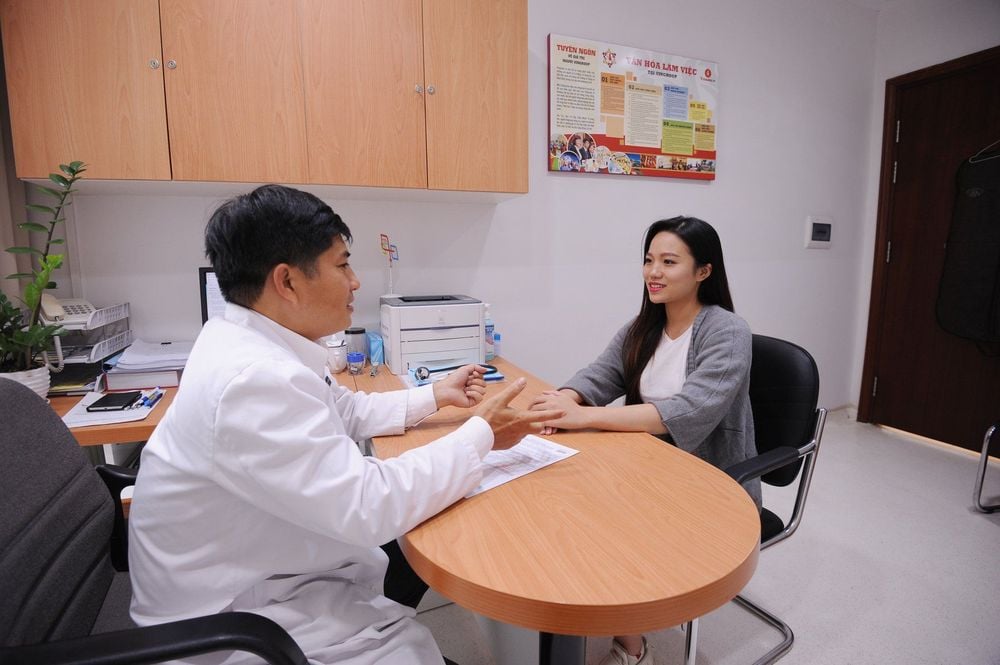
Conclusion: Embolization for treatment of fibroids is an intermediate method between medical and surgical treatment. It is more effective than medical treatment, and less invasive than surgical treatment. It has the same meaning as a medical hysterectomy, which means that the uterus is preserved, but a uterus that is no longer functional. Besides, complications of premature ovarian failure are a major limitation of this method. Embolization should be applied to patients who have indications for surgery but for some reason are not healthy enough to tolerate surgery such as severe cardiovascular disease..or psychological patients do not want surgery.
Before becoming a Doctor of Obstetrics and Gynecology at Vinmec Central Park International General Hospital, Dr. Nguyen Chi Quang used to work at Tu Du Hospital and University Hospital of Medicine and Pharmacy in Ho Chi Minh City. Dr. Quang has many years of deep professional experience and strength in the treatment of obstetric and gynecological diseases such as:
Laparoscopic surgery Uterine fibroids Laparoscopic surgery for ovarian tumors Laparoscopic surgery for genital prolapse
Please dial HOTLINE for more information or register for an appointment HERE. Download MyVinmec app to make appointments faster and to manage your bookings easily.





